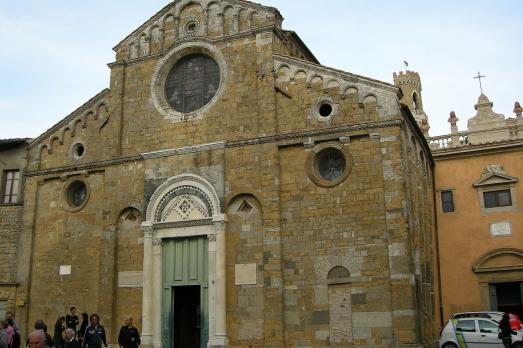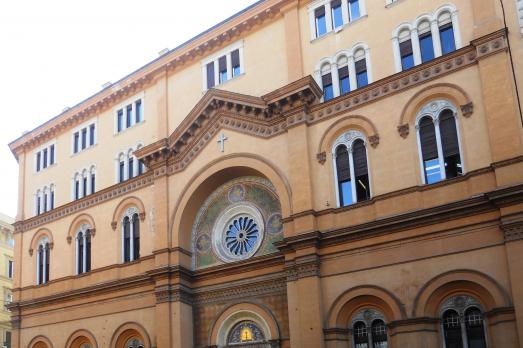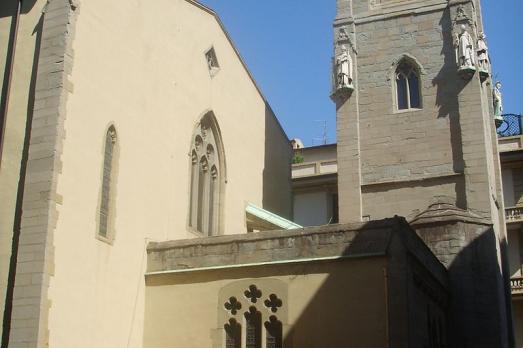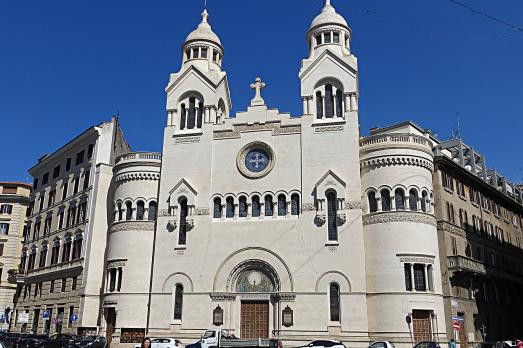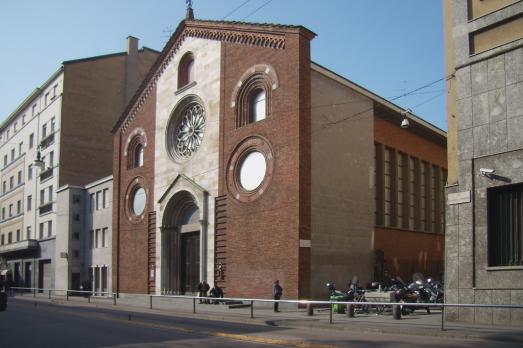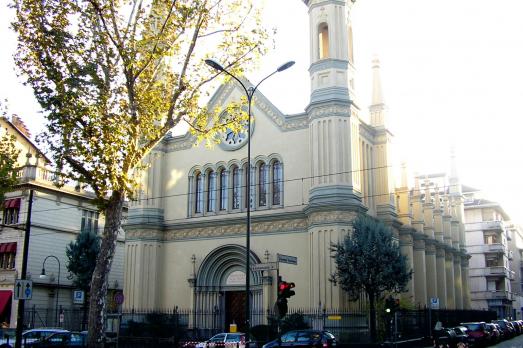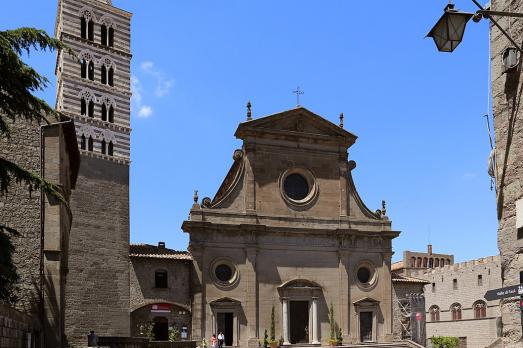
Viterbo Cathedral
Viterbo, IT
The Cathedral of Viterbo is a Romanesque building dating from the 12th century, although the façade, due to modifications made in the 16th century, is in Renaissance style. The cathedral gained considerable importance in the second half of the 13th century when it became the seat of the papacy with the nearby Palace of the Popes. Two popes were buried in the cathedral: Pope Alexander IV (1199-1261), born Rinaldo di Jenne, who fled to Viterbo for fear of being captured by Manfred of Sicily, and whose tomb was lost, and Pope John XXI (1210-1277), born Pedro Julião, the only pope of Portuguese origin.
